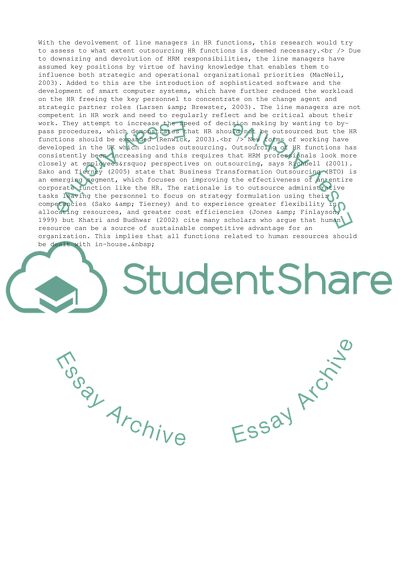Cite this document
(Line Managers in HR Function Assignment Example | Topics and Well Written Essays - 2500 words, n.d.)
Line Managers in HR Function Assignment Example | Topics and Well Written Essays - 2500 words. https://studentshare.org/management/1705981-to-design-a-research-investigation-based-around-a-strategic-issue-in-organisations
Line Managers in HR Function Assignment Example | Topics and Well Written Essays - 2500 words. https://studentshare.org/management/1705981-to-design-a-research-investigation-based-around-a-strategic-issue-in-organisations
(Line Managers in HR Function Assignment Example | Topics and Well Written Essays - 2500 Words)
Line Managers in HR Function Assignment Example | Topics and Well Written Essays - 2500 Words. https://studentshare.org/management/1705981-to-design-a-research-investigation-based-around-a-strategic-issue-in-organisations.
Line Managers in HR Function Assignment Example | Topics and Well Written Essays - 2500 Words. https://studentshare.org/management/1705981-to-design-a-research-investigation-based-around-a-strategic-issue-in-organisations.
“Line Managers in HR Function Assignment Example | Topics and Well Written Essays - 2500 Words”. https://studentshare.org/management/1705981-to-design-a-research-investigation-based-around-a-strategic-issue-in-organisations.


